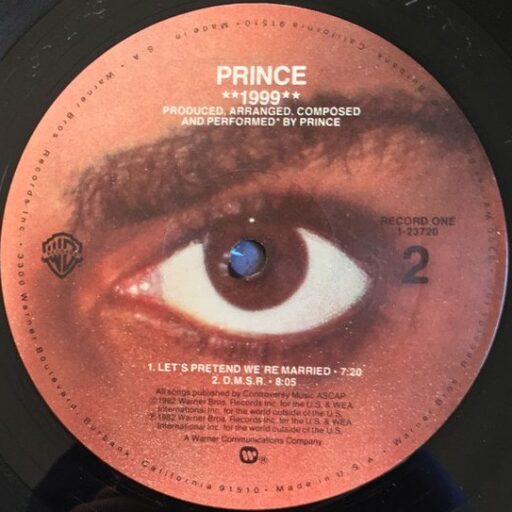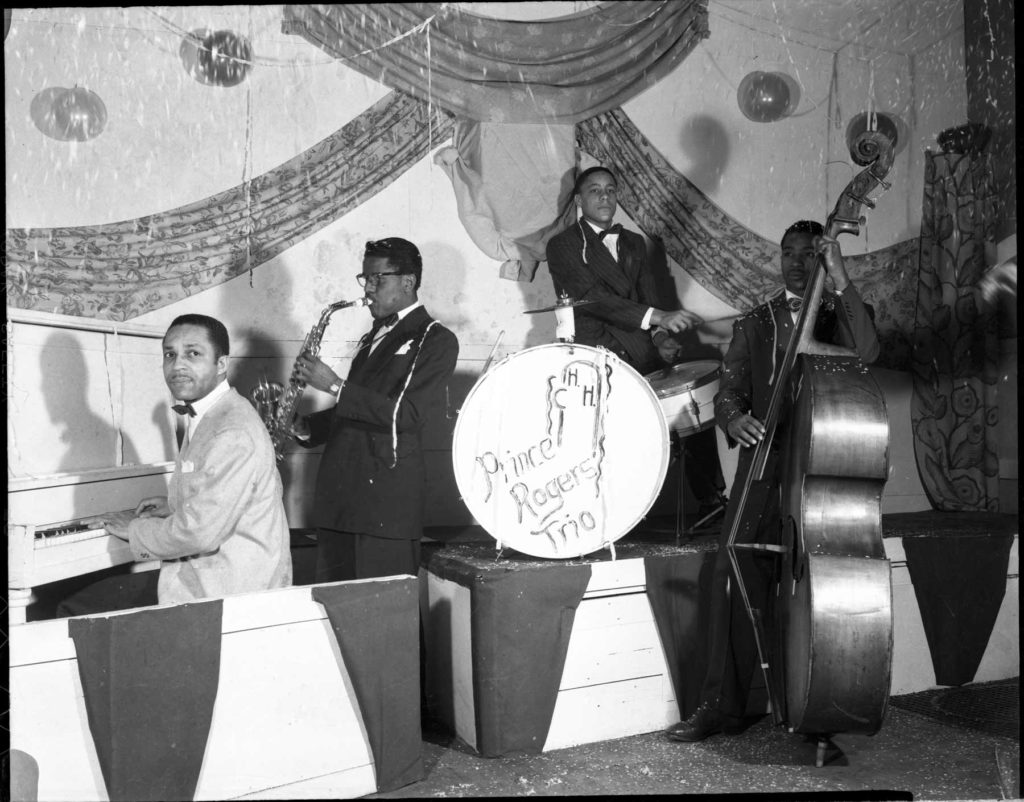Tag: ridley scott
-
Something in the Water (Does Not Compute)
If “Something in the Water”’s music wasn’t so beautiful, the self-pity and solipsism of its lyrics would begin to feel ugly: an adolescent projection of self-loathing into a spitefully generic female tormenter.

